Gathering the required items
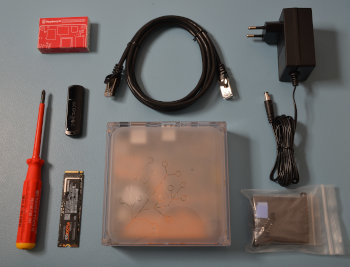
- Home Assistant Yellow
- Heat sink assembly bag
- Ethernet cable
- Power supply
Additionally, make sure you have the following items which are not part of the Kit
- Raspberry Pi Compute Module 4 (CM4)
- USB flash drive
- NVMe M.2 SSD drive
- No. 1 hex screwdriver
Opening the case
Step 1
Protecting from ESD
Grounding protects the components from the static electricity that can be naturally present (electrostatic discharge, ESD).
- Notice: Risk of damage to the equipment due to electrostatic discharge. Always: Touch the working surface before touching electronics.
- Ideally: Use ESD protective equipment, such as ESD table mats and grounding cords.
Step 2
Removing the case - bottom part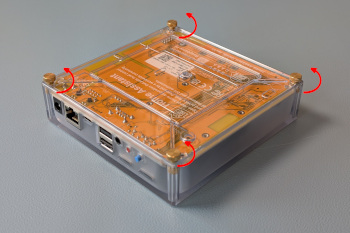
- Remove the 4 screws on the bottom of the Home Assistant Yellow Kit.
- Keep the thumb screws close by; you will need them again later.
Step 3
Removing the case - top part
- Make sure the interfaces are facing towards your left.
- Flip the case over.
- Slightly lift off the enclosure on your left.
- Slide the enclosure off towards your right.
Installing the Raspberry Pi Compute Module 4
Step 1
Unpacking the components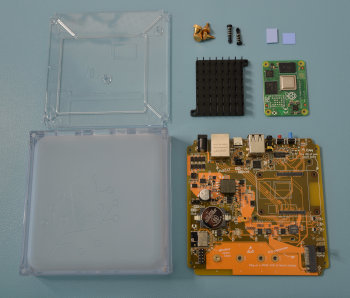
- Make sure you have all the components:
- 1 Raspberry Pi Compute Module 4 (CM4)
- 1 heat sink
- 2 thermal pads
- 2 push pins
Step 2
Align the CM4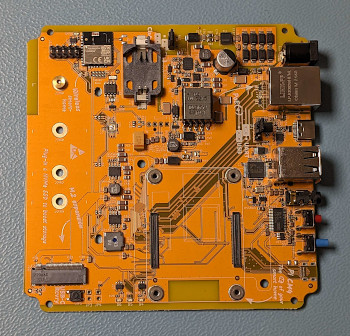
- Place the board in front of you, the connectors facing to the right.
- Orient the CM4: The CE mark needs to be on the bottom.
- Use the outline of the chips to help find the correct orientation of the CM4. Note: on CM4 Lite variants, the chips on the bottom edge are in a different location.
- Carefully place the CM4 without force.
- The CM4 should fall into place slightly when correctly aligned.
Step 3
Installing the CM4
- Press the CM4 board onto the board-to-board connectors until it clicks into place.
- Make sure you press on both sides (the two long edges).
- This requires quite a bit of force. If you don't hear a loud click, it is most likely not fully seated.
- Do a visual check to make sure the CM4 is installed correctly: it needs to run parallel to the Home Assistant Yellow board.
Step 4
Placing the thermal pads onto the CM4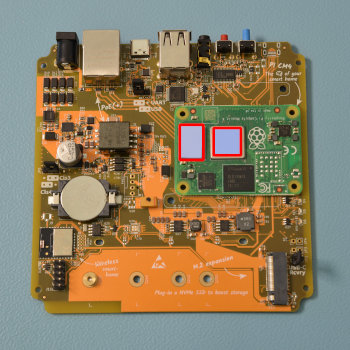
- Remove the protective cover from one side of the square thermal pad.
- Stick the unprotected side onto the SOC (the silver square next to the raspberry icon).
- Remove the protective cover from the top side of the thermal pad.
- Repeat the steps with the rectangular thermal pad. Place it on the memory (the black rectangle next to the SOC).
Step 5
Placing the heat sink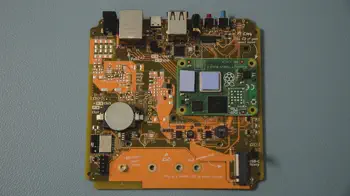
- Push the 2 plastic push pins into the dedicated hole on the heat sink.
- Start by first aligning the right plastic push pins into the dedicated hole on the carrier board.
- Then, place the heat sink onto the CM4.
Step 6
Securing the heat sink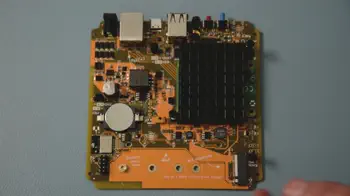
- Take the entire board off your workplace and push the pins firmly through the carrier board.
- Ensure that the CM4 is still fully seated after securing the heat sink.
Installing the NVMe drive
Step 1
Preparation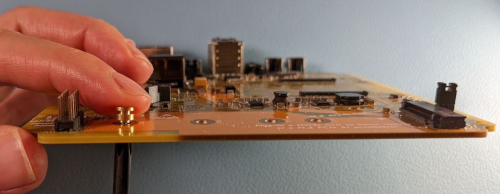
- Unscrew the stand-off nut.
Step 2
Inserting the drive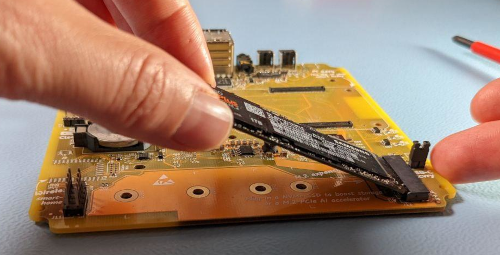
- Notice: Do not touch the gold connector pins.
- Carefully hold the NVMe M.2 SSD by the sides.
- Align the notches in the SSD with the ridges in the slot.
- Then, insert at a 30-degree angle.
- Do not force the connection.
Step 3
Installing the stand-off nut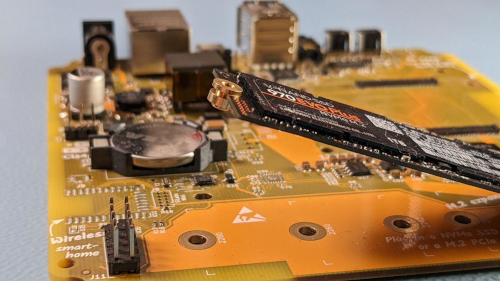
- Slide the stand-off nut into the dent at the end of the SSD drive.
- Make sure the thinner end of the nut is on top.
Step 4
Attaching the SSD drive to the board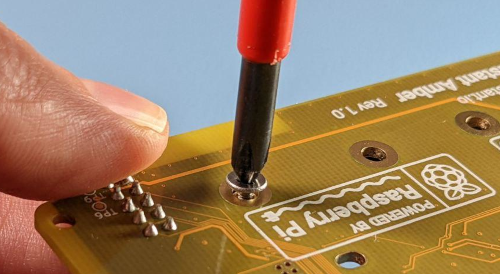
- Press the stand-off nut and the SSD drive against the board.
- While pressing down the drive, turn over the board.
- From the rear side of the board, insert the M2 hex screw.
- Notice: Risk of damage to equipment due to excessive force. Do not over-tighten the screw.
Reassembling your Home Assistant Yellow
Step 1
Preparation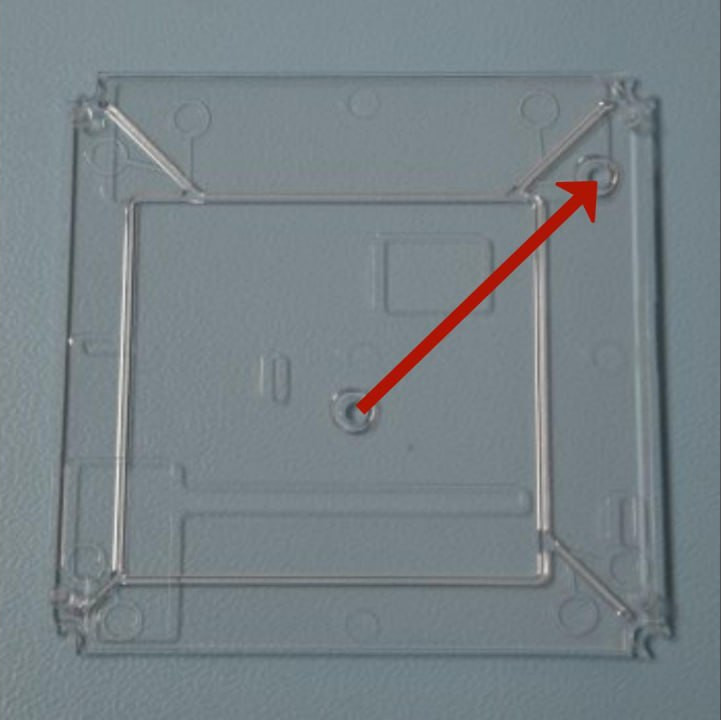
- Place the translucent bottom part of the case onto the table.
- Make sure the two round notches form a line pointing towards the top right corner.
Step 2
Reassembling - bottom part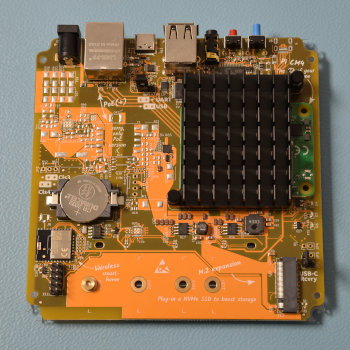
- Place the board onto the bottom part of the case.
- Make sure the USB connectors are facing upwards, away from you.
Step 3
Reassembling - top part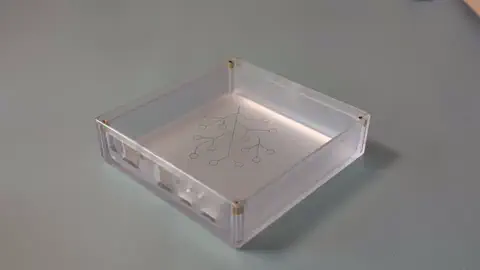
- Turn the enclosure upside down.
- Then, slide the push buttons into the openings of the case.
Step 4
Mounting the case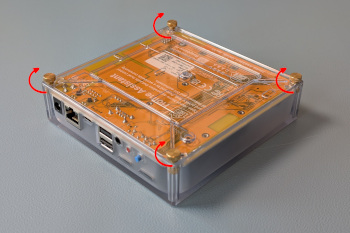
- Insert the 4 thumb screws.
- Notice: Risk of damage to the equipment due to excessive force. Do not over-tighten the screws.
Installing Home Assistant Software on Kit
Step 1
Installing the Raspberry Pi Imager
- Install the Raspberry Pi Imager on your computer as described under https://www.raspberrypi.com/software/
- Info: If your platform doesn't support the Raspberry Pi Imager, you can use another imager (e.g. balenaEtcher) and flash the Home Assistant OS Installer for Yellow directly from GitHub releases.
- Important: If you are using a Raspberry Pi Compute Module 4 (CM4) that already has software on it, this procedure does not work. Ignore this and the following steps.
- Instead, follow the procedure Option 2: Reinstall Home Assistant OS using rpiboot
- The reason is that by default, the CM4 tries to boot from the internal eMMC before booting from the USB flash drive.
Step 2
Opening Raspberry Pi Imager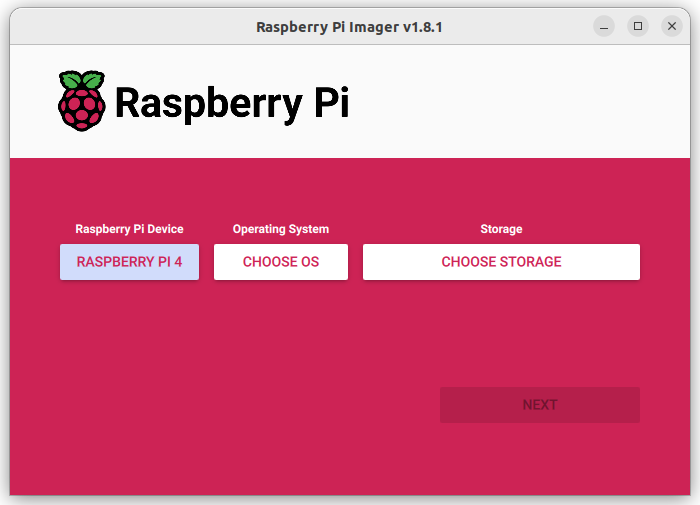
- Open Raspberry Pi Imager.
- Under Raspberry Pi Device, select Raspberry Pi 4.
Step 3
Choosing the operating system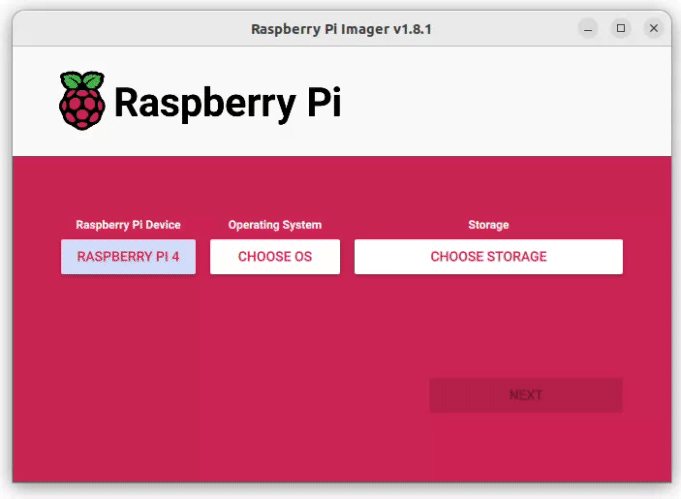
- Select Choose OS
- Choose Other specific-purpose OS.
- Choose Home assistants and home automation.
- Choose Home Assistant.
- Choose Home Assistant OS Installer for Yellow.
Step 4
Choosing storage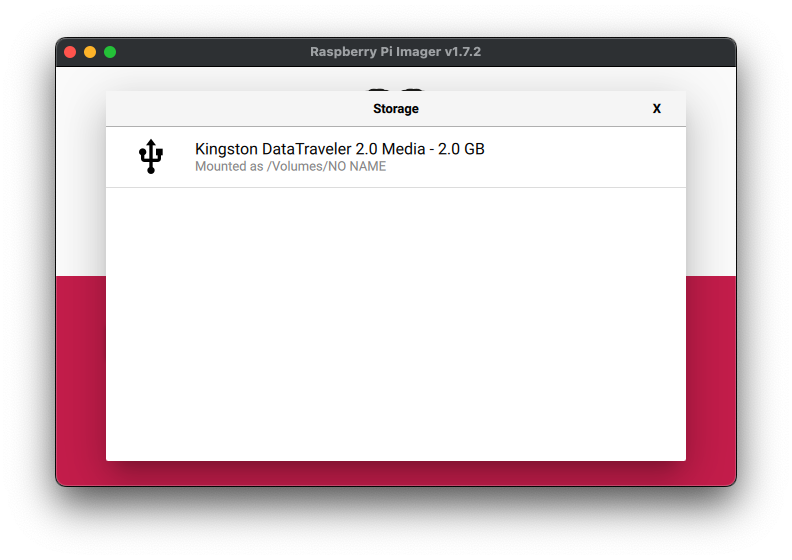
- Insert the USB flash drive into the computer. Note: The contents of this drive will be overwritten.
- From the dropdown menu, select your USB flash drive.
Step 5
Writing the installer onto the drive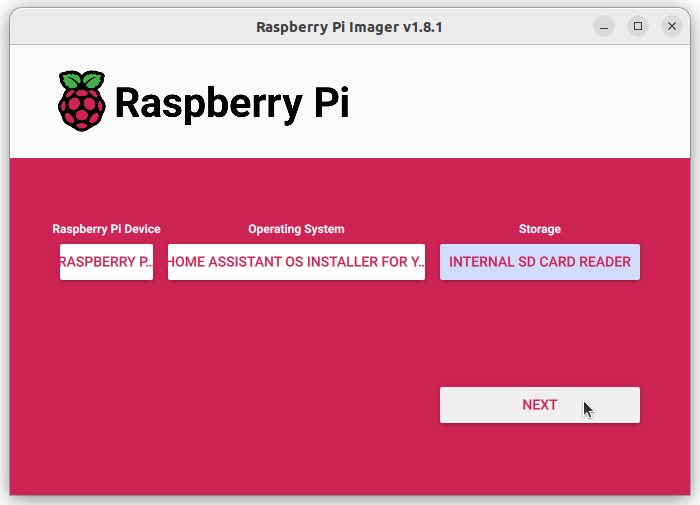
- Select the Next button to start the process.
- Wait for the Home Assistant OS Installer to be written to the USB flash drive.
Step 7
Inserting the USB flash drive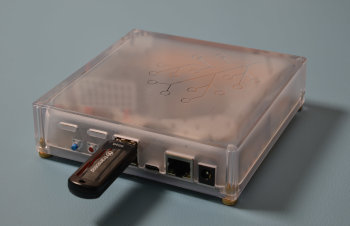
- Insert the USB flash drive with the Home Assistant OS Installer into your Home Assistant Yellow Kit.
Step 8
Connecting the Ethernet cable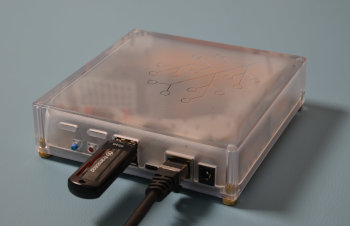
- Connect the Ethernet cable to your Home Assistant Yellow Kit and make sure it has access to the internet.
- Note: Internet is required because the newly installed Home Assistant OS does not contain all Home Assistant components yet. It downloads the latest version of Home Assistant Core on first start.
Step 9
Connecting the power supply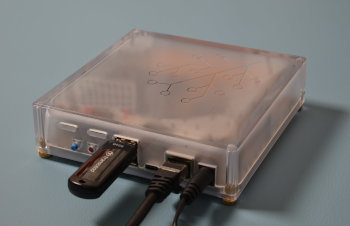
- If you are not using PoE, connect the power supply to Home Assistant Yellow Kit.
- Info: For CM4 Lite Home Assistant OS is automatically installed on the NVMe SSD. For regular CM4s Home Assistant OS is installed onto the eMMC by default.
- Advanced: Forcing installation onto the NVMe SSD when using CM4 with eMMC:
Press the blue button while the yellow LED is on constantly (during the 5s window, see next step).
Step 10
Watching the LEDs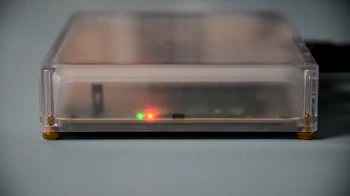
- Wait for Home Assistant Yellow to start booting from the USB flash drive.
- During boot, the Yellow LED is blinking steadily.
- Once the installer is ready, the yellow LED will be constantly on for 5 seconds.
- Troubleshooting: If the LED is stuck in steady blinking or constantly on for an extended period of time, this could indicate that the installer cannot connect to the internet. Follow this procedure to troubleshoot.
Step 11
Waiting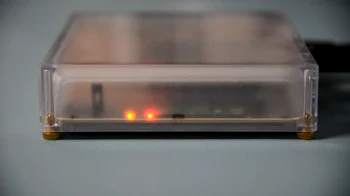
- During installation the LED will blink fast.
- Wait for Home Assistant Yellow to finish installing the Home Assistant Operating System.
- Once the installer finished installing Home Assistant Operating System, only the red LED will be on.
Step 12
Disconnecting everything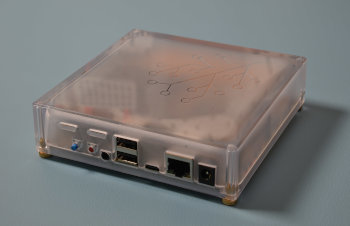
- Remove the USB flash drive.
- Remove the power cable.
Step 13
Reconnecting power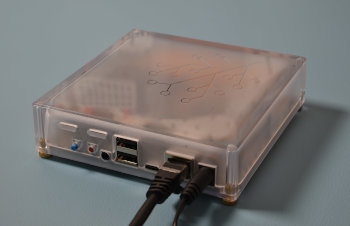
- Reinsert the Ethernet cable.
- Reinsert the power cable to start Home Assistant (if PoE is not used).
Step 14
Getting started with Home Assistant
- Info: Initial startup may take a while, depending on your internet connection.
- Install the appTo access Home Assistant from your mobile device, use the QR code to locate the app in the app store.
- Select your Home Assistant Server:
- Mobile: Confirm the IP address detected by the app. E.g. http://192.168.1.196:8123
- Desktop: Visit http://homeassistant.local:8123 to access the Home Assistant frontend.
Configuring Home Assistant and moving your data
Step 1
Go to the storage configuration page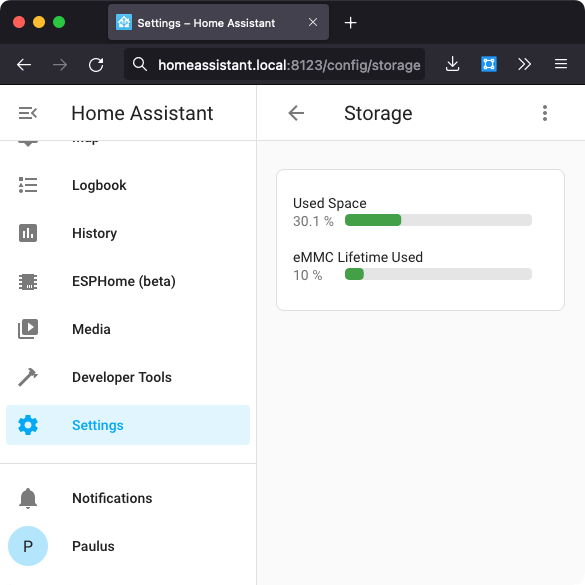
- CM4 or CM5 Lite: If you have a Raspberry Compute Module 4 Lite: As there is no eMMC flash, you can skip this and the following steps.
- Regular CM4 or CM5 modules: This moving your data procedure is required for making use of your SSD, even if your module is new.
-
Open your Home Assistant instance and navigate to the storage configuration page using the button below:
Alternatively, you can go to the storage page via Configuration>System>Storage.
Step 2
Select Move data disk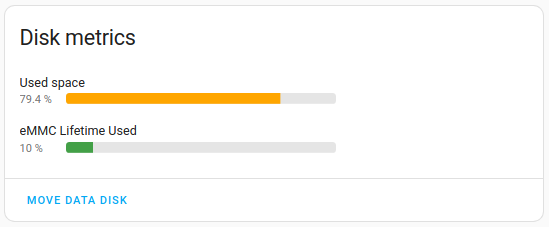
- Select Move datadisk.
Step 3
Moving to data disk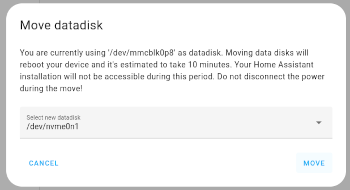
- Select your NVMe drive. If it does not show the full name of your dsik, select nvme0n1 and select MOVE.
- Info: For a small instance of 5 GB (incl. 6 add-ons) this takes about 5 minutes.
Depending on the size of your instance, this may take 30 minutes or longer.
Step 4
View new disk
- Once the transfer has been completed, hover over the status bar to see how much free disk space there is available.
- Note that the eMMC section has disappeared.
